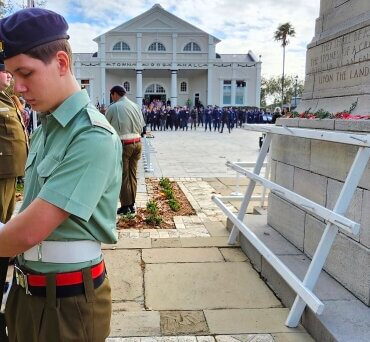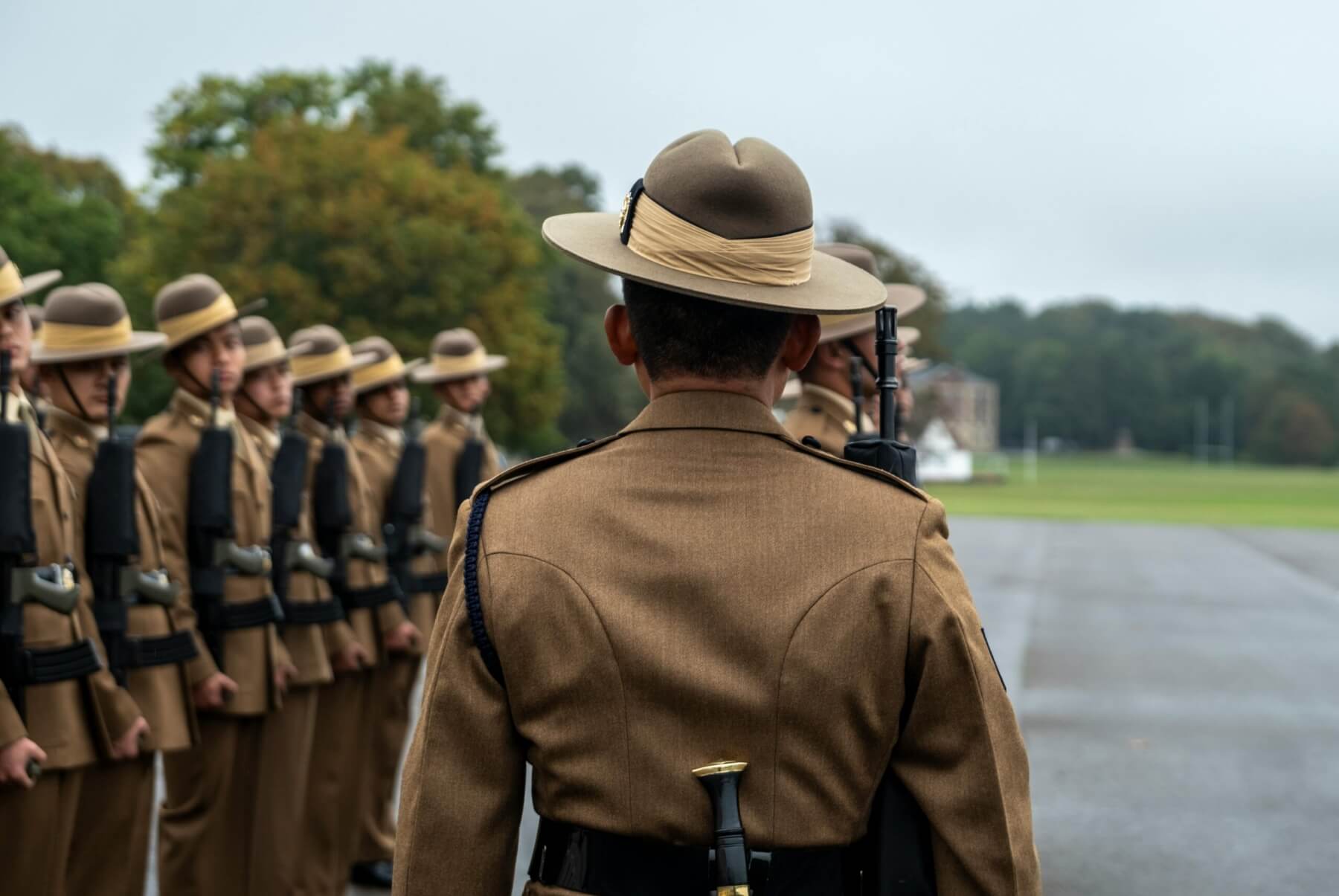
Anzac Day 2023
This year’s Anzac Day commemorations in Cambridge will feature acknowledgement of a relatively unknown aspect of New Zealand’s Gallipoli experience – the recognition of Indian soldiers who fought alongside Kiwis at Gallipoli.
It is thought that the honouring of those troops here next week will be a first in New Zealand. Laying a wreath on behalf of the 14th Sikh and 5th Gurkha regiments on Anzac Day will be Captain Allan Rodrigues (retired) of the Indian Navy.

Gurkha soldiers. Photo: Mick Latter, www.pexels.com
He told The News that both were very old regiments. The Sikh regiment (King George’s Own 14th Ferozepur Sikhs) was raised in 1846, and the 5th Gurkha regiment (Frontier Force) was raised in 1858. Both regiments serve in the Indian Army.
He said information gleaned from the Imperial War Museum in London shows that a battalion from the 14th Sikh regiment landed at ‘V’ Beach, Cape Helles on May 1, 1915, as part of the 29th Indian Brigade. They suffered 78 casualties before they had been in the front line for two days. By July 6, the battalion was reduced to two officers and 117 men. After further losses suffered following a period of rest and reinforcement, they finally left Gallipoli on December 14.
Three men of the battalion received the Indian Order of Merit (highest award for Indian soldiers), and 38 more the Indian Distinguished Service Medal for gallantry. They were thereafter called ‘The King George’s Own 14 Ferozepur Sikhs’ in recognition of their service.
The first battalion of the 5th Gurkha Rifles Frontier Force suffered heavily at Gallipoli. They arrived later than most of the troops, but within a few hours of landing lost 129 men and seven British officers. After a period of recuperation, they returned to the battlefield and suffered stoically through appalling conditions until they left the peninsula as the last Allied troops to leave Gallipoli.








